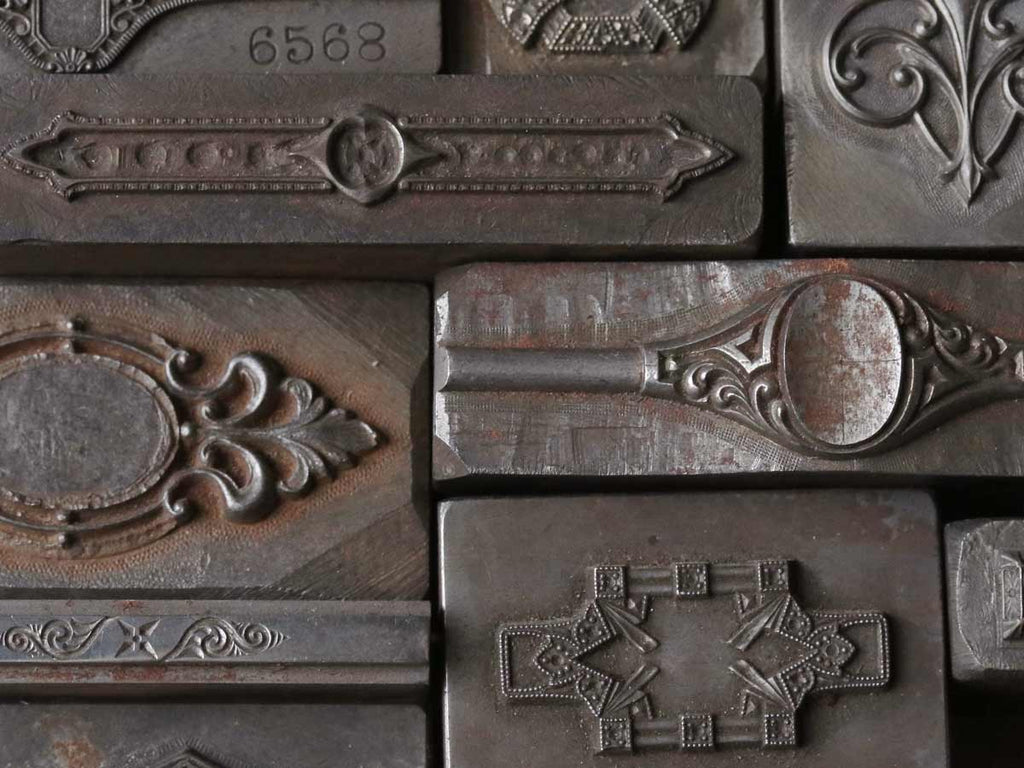Your Cart is Empty

When you think of Art Deco jewelry, what comes to mind? Likely you'll think of the delicate looking filigree of bar pins, rings, and pendants. Intricate lines of precious metal weave in and out, forming flowers, patterns, and geometric motifs. Like dew drops on a spiderweb, this filigree catches the light in a way that highlights the quality of the craftsmanship. Also like a spiderweb, this filigree is a lot stronger than it looks, thanks to the method with which it was created.
Traditionally, filigree work in jewelry was a painstaking process done by hand. Tiny beads and strands were arranged and soldered with masterful skill. The die struck method allowed extremely intricate designs to be quickly stamped in precious metal. Although hand finishing was still necessary, the striking method allowed for much more efficient and practical manufacture.

Platinum was the first medium to be used in this way. Jewelers in the 19th Century loved white metals and preferred to use silver in their designs. However, silver's softness and tendency to tarnish created a need for a new white metal better suited to fine jewelry making. Platinum filled this need, and thanks to "jeweler to the monarchs" Cartier, it quickly became hugely popular as a jewelry medium. Platinum was both heavy and expensive, which necessitated designs that used metal more efficiently. Die-striking took advantage of the strength of platinum, creating beautiful designs with an economic use of the metal.
After the start of World War I, platinum was needed for defense purposes and could no longer be used for jewelry. White gold took its place, and thanks to the pioneering efforts of jewelry maker Belais, it became the preferred medium for the Art Deco era. Everything from cocktail and dinner rings, to brooches and bar pins, was made with die struck filigree.

The mechanism for striking metal is made of two important components: the hub and the master die. The hub is a steel block into which an engraver has carved the filigree design. This "male" block is used to imprint the design into another steel block, the "female" master die. When a sheet of metal, known as an ingot, is pressed between the hub and the master die with several tons of pressure, the filigree design is imprinted into it. This process results in a piece that has high density and low porosity, thus having good durability and strength. After being struck, the piece is now ready to be finished by hand with soldering, piercing, and engraving.
The nature of this process gives die struck filigree jewelry great strength, so it's clear why we see so many Edwardian and Art Deco pieces in impeccable condition. This jewelry is a great investment if you're looking to build an heirloom quality collection, because you can be confident it will last for years to come. Thanks to filigree jewelry's lightweight design, you can find beautiful pieces at many different price points. Start your filigree jewelry collection today by shopping our Art Deco jewelry here.


